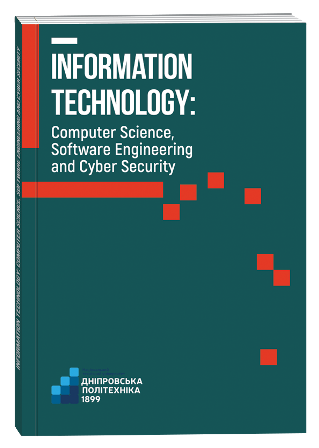LOGISTICS TRANSPORTATION COST FUNCTION OPTIMIZATION
DOI:
https://doi.org/10.32782/IT/2024-2-13Keywords:
transportation cost optimization, Gradient descent methods, Logistics management, Evaluating functions, RMSProp, Proximal gradient descentAbstract
Purpose of the study. Optimizing transportation costs is a fundamental challenge in logistics management that requires advanced techniques to handle the complexities of geographical distances, transportation modes, and operational constraints. This article investigates the use of RMSProp, RMSProp with gradient clipping, and Proximal Gradient Descent methods in the optimization of transportation cost functions within logistics networks. By incorporating quality functions associated with both origin and delivery points, the study seeks to achieve a balance between cost reduction and the enhancement of service quality. Methodology. We present a comparative analysis of the performance of these methods, focusing on their efficiency in terms of convergence rates and the quality of the solutions obtained. The research demonstrates that RMSProp and its variant with gradient clipping are particularly effective in navigating the solution space, offering fast convergence and high-quality solutions. Proximal Gradient Descent, on the other hand, shows promise in handling the discrete nature of logistics problems. Scientific novelty. This study underscores the critical role of transportation cost optimization amidst the growing demands of global trade and logistics. As global trade expands, the need to minimize transportation expenses while maintaining service quality becomes increasingly vital. Advanced optimization techniques like RMSProp and Proximal Gradient Descent can lead to significant cost savings and improved operational efficiency, benefiting businesses involved in international trade. Conclusions. In conclusion, this study highlights the effectiveness of RMSProp and Proximal Gradient Descent in optimizing transportation costs. It emphasizes the necessity of continuous innovation in logistics management to meet the evolving demands of global trade. Future research directions include the exploration of hybrid optimization techniques that combine the strengths of gradient-based methods, further enhancing the robustness and applicability of transportation cost optimization models in diverse logistical environments.
References
Boyd S., Parikh N. Proximal Algorithms. Now Publishers, 2013. 130 p.
Cordeau J.-F., Toth P., Vigo D. A Survey of Optimization Models for Train Routing and Scheduling. Transportation Science. 1998. Vol. 32, no. 4. P. 380–404. URL: https://doi.org/10.1287/trsc.32.4.380 (date of access: 27.05.2024).
Crainic T. G., Perboli G., Rosano M. Simulation of intermodal freight transportation systems: a taxonomy. European Journal of Operational Research. 2018. Vol. 270, no. 2. P. 401–418. URL: https://doi.org/10.1016/j.ejor.2017.11.061 (date of access: 27.05.2024).
Duchi J., Hazan E., Singer Y. Adaptive subgradient methods for online learning and stochastic optimization. Journal of Machine Learning Research. 2011. Vol. 12, no. 61. P. 2121–2159.
Hinton G., Srivastava N., Swersky K. Neural networks for machine learning, Lecture 6a: Overview of mini-batch gradient descent. CSC321 – Introduction to Neural Networks and Machine Learning. URL: http://www.cs.toronto.edu/~tijmen/csc321/slides/lecture_slides_lec6.pdf (date of access: 27.05.2024).
Kingma D. P., Ba J. Adam: A Method for Stochastic Optimization. arXiv, 2014. 15 p. (Preprint. arXiv:1412.6980). URL: https://doi.org/10.48550/arXiv.1412.6980 (date of access: 27.05.2024).
Laporte G. What you should know about the vehicle routing problem. Naval Research Logistics. 2007. Vol. 54, no. 8. P. 811–819. URL: https://doi.org/10.1002/nav.20261 (date of access: 27.05.2024).
Toth P., Vigo D. Vehicle routing: Problems, methods, and applications. Philadelphia : Society for Industrial and Applied Mathematics, 2014. 463 p.







